Overseas trainees experience Japanese history‚ culture‚ and nature in 2024
new!
Feb. 2025
Kazuyuki UENO
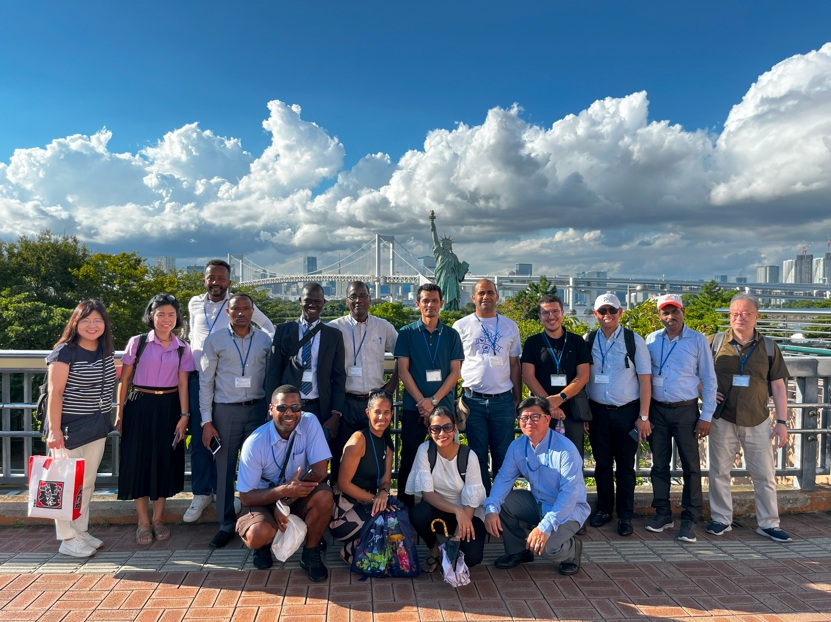
Odaiba in Tokyo
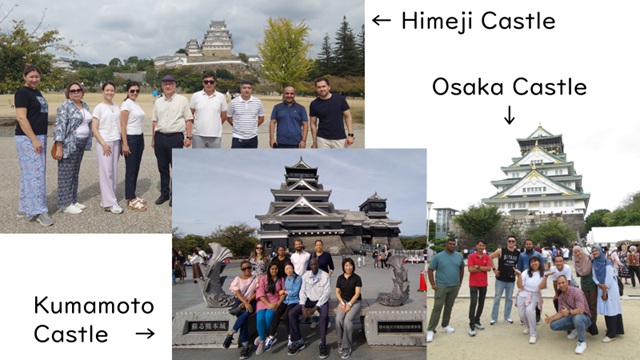
Castle Tour
KITA was entrusted with 23 of the many training courses run by JICA Kyushu in FY2024. Most of the lectures‚ field trips‚ workshops and so on were held in the Kyushu area‚ but some courses included lectures and guided tours in places such as Tokyo‚ Kyoto‚ Osaka and Hiroshima.
Participants attend highly specialized lectures on their respective courses‚ and their primary purpose is to acquire experience and knowledge in Japan that will be of use in the future development of their homelands. However‚ we believe that their visit to Japan is an excellent opportunity for them to gain a deeper understanding of this country by coming into contact with Japanese culture‚ history and nature. For that reason‚ KITA course leaders take pains to draw up training schedules which enable participants to see various tourist attractions while on their way to the Kanto‚ Kansai or South Kyushu regions‚ or at weekends.
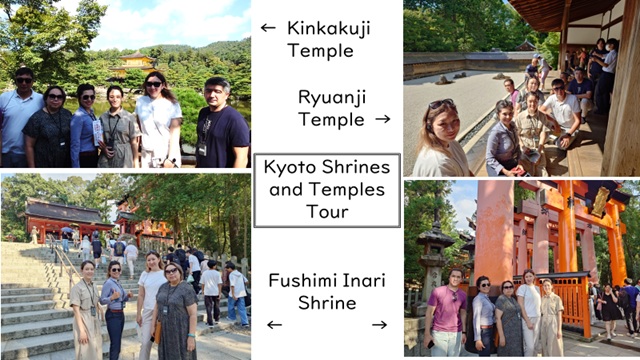
Kyoto Shrines & Temples Tour
Most of the participants are visiting Japan for the first time‚ and it seems that many of them want to visit various places. However‚ training on some of our many courses is completed entirely within the cities of Kitakyushu and Fukuoka. Apparently the participants find that slightly disappointing‚ and some of them go on weekend sightseeing trips to Kyoto or Osaka at their own expense.
Locations visited with the aim of giving participants an experience of Japanese culture and history include castles (mainly Himeji‚ Osaka and Kumamoto)‚ temples and shrines in Kyoto (mainly Kinkakuji‚ Ryoanji‚ and Fushimi Inari Taisha) and peace parks (Hiroshima Peace Memorial Park and Nagasaki Peace Park). In order to give participants an experience of Japanese nature‚ they are sometimes taken sightseeing to places near volcanoes such as Mt. Fuji‚ Mt. Aso and Mt. Sakurajima‚ and sometimes they are able to enjoy a footbath during the Jigoku Meguri tour of Beppufs hot springs (though unfortunately there is not enough time to go for a hike or a stroll...) Sometimes participants also have the opportunity to stroll around Kumamoto Suizenji Park‚ a famous Japanese garden.
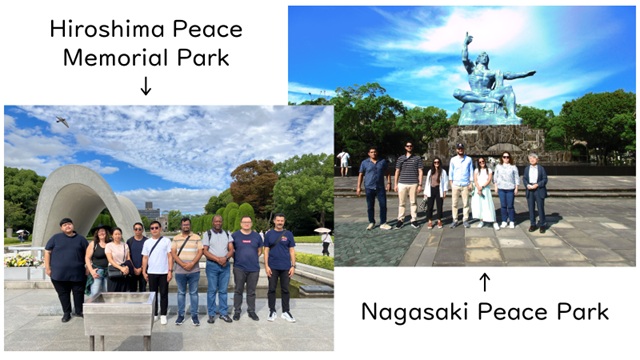
Peace Memorial Park
It seems that some participants want to enjoy weekends in big cities such as Tokyo and Osaka‚ but there are also some who prefer to spend time in less populated areas as they are overwhelmed by just how crowded the big cities are. What participants from developing countries all have in common‚ however‚ is that they are constantly surprised by things that we take for granted in Japan. For example‚ we often hear comments like the following from participants: gPeople always gather ahead of time for lectures during training‚h gPeople form queues before the train arrives‚h gTrains arrive on time‚h gTherefs no litter in the streets‚h gThe toilets are clean and the washlets feel nice‚h and gThere are so many vending machines and convenience stores in the towns.h Many of them also mention how delicious and plentiful Japanese food is‚ how kind‚ polite and dedicated Japanese people are‚ and how safe Japan is.
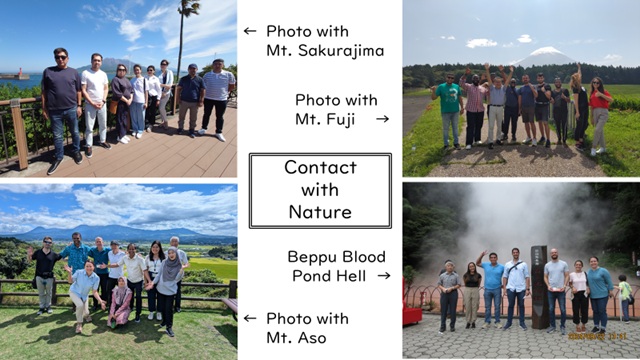
Contact with Nature
To digress slightly‚ a number of courses were held in January and February‚ and the second cold front of this winter meant that snow settled even in Kyushu. Many of the participants had never seen snow before and it was amusing to see the divide between Japanese people involved in the training who were worried about how the snow would affect transport‚ and participants who were enjoying (hoping for) the snow (and videoing the falling snowflakes on their smartphones).
Participants return to their homeland with specialist knowledge and experience gained in Japan‚ as well as various memories‚ all of which I hope will help them to play an active role in their own country and expand cooperative ties with Japan.








